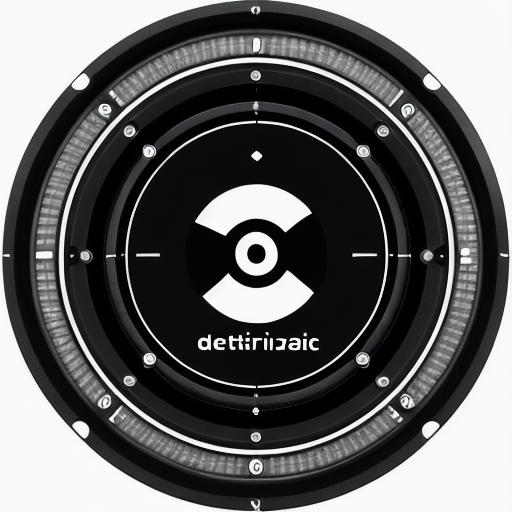The music industry has been around for centuries, but it’s time for a change. With the rise of web3 technology, we can now revolutionize the way music is created, distributed, and consumed. In this article, we will explore how web3 technology can transform the music industry and provide new opportunities for developers to create innovative and engaging experiences for music lovers.
What is Web3 Technology?
Web3 technology refers to a decentralized network that enables individuals and organizations to interact with each other without the need for intermediaries. This technology allows for secure, transparent, and trustless transactions to take place on a global scale.
How can Web3 Technology Transform the Music Industry?
Web3 technology can transform the music industry in several ways. Here are some examples:
- Decentralized Music Distribution: With web3 technology, we can create a decentralized music distribution network that eliminates intermediaries such as record labels and streaming platforms. This will enable artists to distribute their music directly to their fans, providing them with more control over their music and earnings.
- Royalty Management: Web3 technology can also be used to manage royalties in a decentralized and transparent way. This means that artists and rights holders can receive payment directly from the source of the music consumption, eliminating the need for intermediaries such as collecting societies.
- Digital Ownership: With web3 technology, we can create a digital ownership system that enables fans to own their music in a decentralized way. This means that fans can buy and sell their music directly with each other without the need for centralized marketplaces.
- Collaboration: Web3 technology can also enable collaboration between artists, producers, and other stakeholders in the music industry. This allows for more creative freedom and flexibility, as well as a better understanding of the financial implications of collaborations.
Real-life Examples of Web3 Technology in Music Industry
There are already several examples of web3 technology being used in the music industry. Here are some:
- Audius: Audius is a decentralized music platform that uses blockchain technology to enable artists to distribute their music directly to their fans. The platform also enables users to earn tokens by listening to music, which can be exchanged for other cryptocurrencies.
- Rarible: Rarible is an NFT marketplace that allows artists to create and sell unique digital assets such as music tracks, videos, and artwork. This provides artists with a new revenue stream and enables collectors to own rare and valuable pieces of art.
- SuperRare: SuperRare is another NFT marketplace that focuses on selling exclusive digital assets such as music tracks, art, and collectibles. The platform uses web3 technology to enable secure and transparent transactions and provides artists with a new way to monetize their work.
FAQs


- How does web3 technology enable decentralized music distribution?
Web3 technology allows for the creation of a decentralized network that eliminates intermediaries such as record labels and streaming platforms. This enables artists to distribute their music directly to their fans, providing them with more control over their music and earnings. - How can web3 technology be used to manage royalties in a decentralized way?
Web3 technology can enable the creation of a transparent and trustless royalty management system that allows artists and rights holders to receive payment directly from the source of the music consumption, eliminating the need for intermediaries such as collecting societies. - What is an NFT and how can it be used in the music industry?
An NFT (non-fungible token) is a unique digital asset that can represent ownership of anything from art to music tracks. In the music industry, NFTs can be used to create and sell exclusive digital assets such as music tracks, art, and collectibles, providing artists with a new revenue stream and enabling collectors to own rare and valuable pieces of art.
